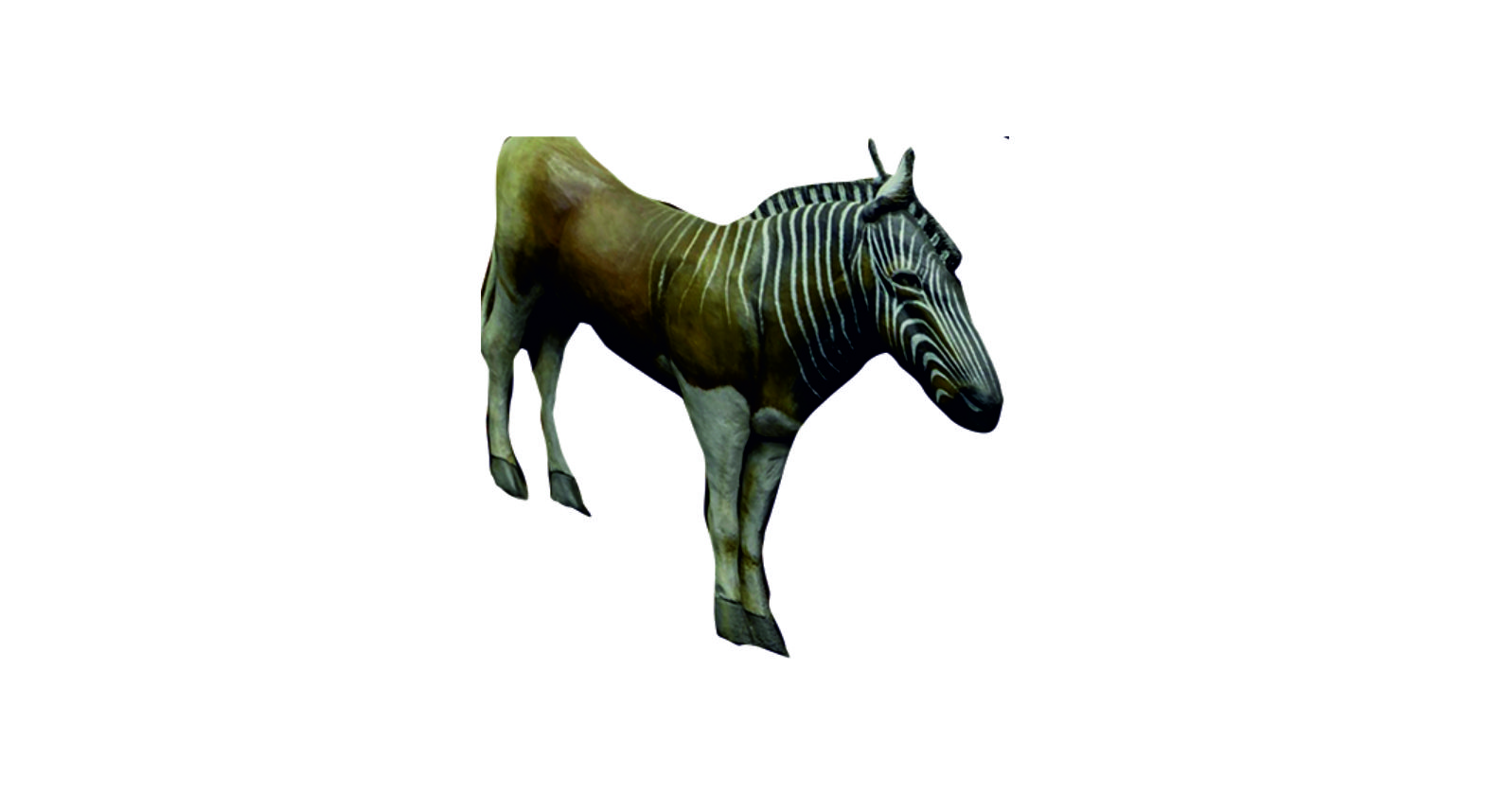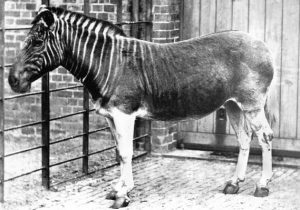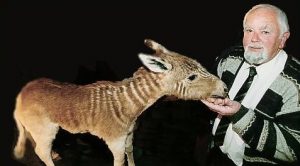
Quagga
Equis quagga quagga
- Quagga looked like a mixture of zebra and horse, it had stripes only on the front half of the body, they are brown along the rear half.

- Like Zebras, this pattern of stripes varied between each individual.
- The quagga was, for a long time, thought to be a distinct species but DNA analysis showed that it was actually a subspecies of the plains zebra.
- It lived in herds that roamed the Karoo desert and other dry regions of southern Africa.
- The quagga, like all zebras, had long, slender legs that enabled it to run fast to escape from predators.
- The herds were formed from family members that remained with the herd throughout their entire life.
- These social animals also cared for their sick or crippled herd members and would slow down the pace of the herd to ensure the slowest animal could keep up.
- Quaggas were diurnal and would spend the night time in short pastures where they could keep watch for approaching predators. At least one quagga would remain on watch while the rest of the herd slept.
- This zebra species was polygynous, meaning that it had a harem-base mating system where a single male mated with a group of females.
- Gestation period was 12 months.
- A female would reach sexual maturity at 3 – 3.5 years old and would give birth to one foal roughly every two years.
Causes for extinction
- Dutch settlers in South Africa, hunted extensively the quagga for its meat, hide.
- It was considered as a pest, people wanted to preserve the vegetation quaggas fed on for domesticated livestock.
- Quaggas disappeared from the wild in the 1870s and the last captive animal died at Amsterdam zoo in the 1880s.
- Interestingly, laws protecting the quagga from hunting were passed in South Africa in 1883, three years after the death of the last known animal.
Quagga Project
- Reinhold Rau, a taxidermist in South Africa, conceived thisQuagga Project in the 1980s.
- He gathered scientists and enthusiasts to begin breeding zebras to bring about six distinct characteristics: decreased body stripes, body stripes not extending to the ventral midline, a chestnut basic colour on unstripped, upper parts of the body, unstriped legs, unstriped tail and reddish muzzle.
- Quagga being a subspecies of the plains zebra, could possibly be bought back through selective breeding, as its traits would still be present in other subspecies.
- This breeding program has been attempting to reverse the extinction of the quagga since 1987.
- In this Project, zebras having quagga-like characteristics are selected for breeding and over the course, four to five generations have been bred and they are getting increasingly similar to the quagga in looks.
- All animals produced are carefully documented and have their bloodlines tracked.
- These new quaggas are known as “Rau quaggas,” after Reinhold Rau, one of the investigators of the project.

